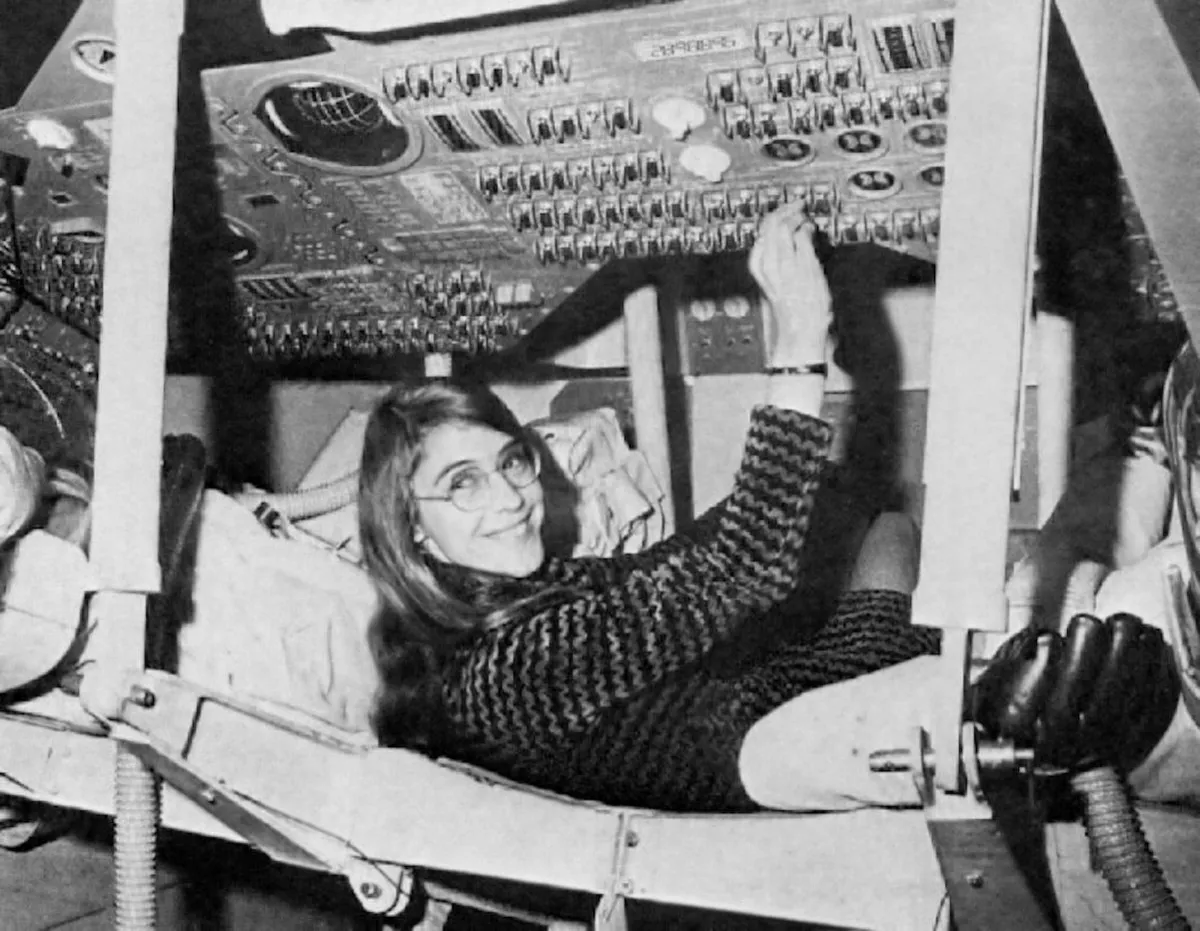The Apollo Guidance Computer, or AGC, was an ingenious device that managed to cram a computer that could fill a small room into something just a bit larger than a briefcase, using a brand new and largely untried technology called integrated circuits.
Before NASA could send astronauts to the Moon, they had to make sure that the spacecraft could safely navigate across the void between the two worlds.
Once in lunar orbit, the Command Module and the Lunar Module would also need to be able to operate independently and then, after the exploration of the lunar surface, find one another and rendezvous and dock in order to bring all three astronauts home—the equipment would have to be absolutely foolproof.
- Rod Pyle’s Secrets of Apollo: The Saturn V’s autopilot
- Rod Pyle’s Secrets of Apollo: the versatile Lunar Module
The space agency turned to the Massachusetts Institute of Technology to oversee the design and construction of a revolutionary new computer, as well as the software to run it.
The AGC was not only incredibly compact, but was largely foolproof due to the use of magnetic core memory—rather than the tape drives commonly used to store programming, the ACG had looms of hair-fine copper wire strung through countless tiny magnetic beads that indicated either a one or a zero, the constituents of binary digital programming.

The computer ran at one megahertz, with two kilobytes of RAM and 36k of ROM; about the same as the first Apple II computer or a modern toaster oven.
Controlling the device was a unit called a display and Keyboard, or DSKY, that showed numeric outputs such as velocity, range and program status, as well as a small numeric keyboard for inserting commands.
The AGC proved to be extremely robust in use, as witnessed in the landing of Apollo 11.
As Neil Armstrong and Buzz Aldrin were descending to the lunar surface, and with the computer flying the Lunar Module, multiple computer alarms sounded as the display locked-up on error codes, displaying either a 1201 or 1202 error.
This indicated data overflow - the computer was receiving too much information and would have been at risk of crashing- causing an abort, were it not for clever software design.
Due to this code, written by people like Margaret Hamilton, the first female software engineer at MIT’s lab, the processor knew which tasks to disregard and which ones were critical.
In the end, the computer continued to operate smoothly despite the interrupts, and delivered the Eagle’s crew safely to the surface... with the able assistance of some nerves-of-steel piloting by Armstrong.
This article originally appeared in the August 2019 issue of BBC Sky at Night Magazine.
Rod Pyleis the author of 15 space books and Editor-in-Chief ofAd Astramagazine for theNational Space Society.